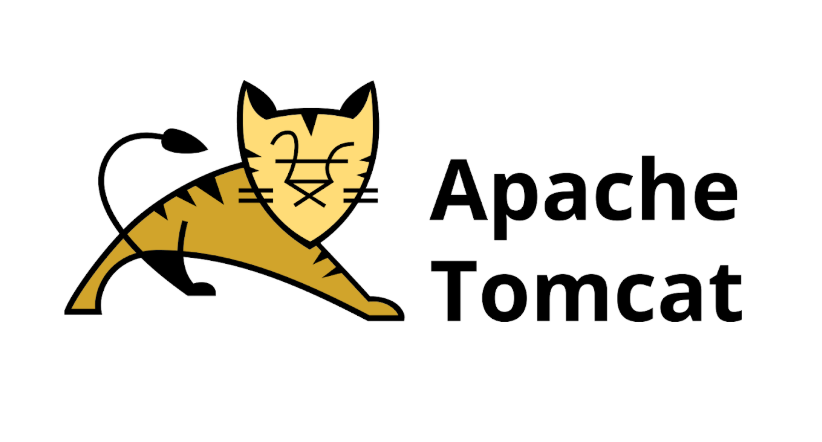Apache HTTP Server: The Foundation of Modern Web Hosting
Apache HTTP server: what is it?
Searching for information is the main purpose of using the Internet. To do this, the user has to visit certain sites, access intermediary web servers that allow interaction with data stored on physical devices. The algorithm is quite simple: receiving a user request, processing it, sending a response and displaying the required page.
Information is transmitted via HTTP protocols and their modified versions, more secure HTTPS. You can create a web server and set up such transmission using the appropriate software. According to statistics, one of the most popular solutions is Apache. What functions does it perform? What attracts developers?
A bit of history
The name Apache HTTP-server, of course, evokes associations with the North American Indian tribe, however, in practice it means “a patchy server”, that is, a server with fixed errors, improved, modified.
This name did not appear by chance. In the 90s of the last century, the NCSA HTTPd web server was at the peak of popularity, which was worked on by a whole team of specialists, each of whom sought to make their own improvements, offer patches that correct the shortcomings of the original version, making it more stable and reliable.
In 1995, one of the leading developers of the program, Brian Behlendorf, expressed the idea of combining all released patches. This is how the debut edition of Apache appeared, which has since been modified and improved many times. According to statistics, Apache is currently used to ensure the correct operation of every third website in the world, available in versions for various operating systems, from the most common, such as Microsoft Windows and Linux, to the least known, BSD.
Web server: general concept
A web server is an intermediary between the physical equipment located on the provider's side and the user's computer. When a request is received, it searches for a website page in the catalog, and upon reaching the desired result, it sends it. The algorithm of operation can be presented as follows:
- Ports 80, 800 and similar, open for client software, such as a browser, are used for server operation.
- When a request is received on one of the serviced ports, Apache or similar software compares it with the built-in instructions and makes a decision to execute or reject it.
- In case of rejection, the user will see a corresponding notification in the browser, an error with the code 404 or another.
- After executing the request, positive or negative, the web server starts working in standby mode.
Apache, like similar developments, operates using the HTTP protocol and its improved version, HTTPS, which supports encryption algorithms and is more secure. This is the most successful, fast, universal solution that allows you to interact with all files, regardless of type, from small text documents to large high-resolution videos.

The basic tasks solved by Apache are as follows:
- Ensuring high speed of opening site pages, regardless of content;
- Uniform distribution of the load on server equipment;
- Protection of servers from failures, hardware and software;
- Simplification of server configuration when working with PHP scripts.
Structural features
One of the most important distinguishing features of Apache is the modularity of the structure. First of all, it is necessary to install the core, and only then connect all auxiliary modules to it. Each structural element of Apache requires detailed consideration.
Core
The basic element in which the main functions are concentrated. It is the core that helps to establish interaction with files, the operation of the HTTP protocol, and install auxiliary, secondary modules. If necessary, it is possible to use Apache only on the core, without additional components, however, you will have to face a significant limitation of functionality.
Modules
Modules are files that can be attached to the core to expand the range of available functions. Installation is possible both when installing Apache for the first time, in combination with the core, and gradually, as needed. With this scheme, adjustments are made through the configuration file.
In most cases, modules are designed to solve specific problems, including:
- Ability to work with previously inaccessible programming languages;
- Elimination of software errors and failures;
- Caching information to speed up page loading;
- Increasing levels of protection and security;
- Simplification of authentication and authorization procedures without compromising reliability.
The number of modules for Apache is measured in hundreds, which allows you to independently assemble an optimal configuration that meets the specifics of use.
Configuration
Apache operates on three levels. Each requires careful analysis:
- Server. At this level, the rules are fixed according to which all requests coming to the web server are processed. The rules must be specified in the file “httpd.conf”.
- Virtual host. This level says that on the computer there “exists” a whole complex of sites subordinate to a single web server. When requests are received, each of them is sent to the necessary virtual site. The file that requires adjustments for the correct functioning of this level is “extra/httpd-vhosts.conf”.
- Directory. This level determines which directories the user can access and which ones his access should be blocked. During the configuration process, you need to interact with the file with the extension “.htaccess”.
Apache interacts with the listed files upon receipt of each subsequent request, so the changes made are immediately noticeable.
Advantages of Apache
Web server configuration software has both positive and negative sides. Let's start with the pros:
- Availability. The Apache HTTP Server code is open. Due to this, its use is 100% free of charge, moreover, everyone can make adjustments and improve the program. The number of add-ons is constantly increasing, many of them are really useful.
- Variability of settings. Each configuration file performs its own tasks, which helps to adapt the program to operational specifics as accurately as possible.
- Wide functionality. They are provided by the ability to add appropriate modules to the basic Apache core. The correct selection of modules is the key to the fastest, most accurate operation of the site, instant opening of pages regardless of the content posted on them, be it dynamic or static files.
- Universality. Apache is suitable for any servers, websites, operating systems. Effective use is possible both in Microsoft Windows and in Linux, MacOS.
- Support for various programming languages. Apache works without problems with Python, PHP, C++ and other languages. Extended support guarantees 100% compatibility with various databases, software that ensures the correct operation of servers.
- Maximum user support. The history of Apache lasts more than a quarter of a century, the community numbers millions of specialists, there are many thematic forums where you can easily find answers to questions that arise, successfully cope with problems, failures.

Disadvantages of Apache
Now we need to consider the main disadvantages of the program for web servers. There are significantly fewer of them, and most of the shortcomings are quite conditional and easily solved:
- Performance issues. Processing each request assumes that Apache interacts with configuration files. Each such cycle takes time, if the servers are under heavy load, the response time increases significantly. The solution to the problem is the correct choice of auxiliary modules; it is recommended to disable unnecessary components.
- Vulnerability. Apache configuration can be both very simple and complex. The more complex, the higher the risk of an error that provokes critical vulnerabilities and serious failures.
- Redundancy of functionality. Practice shows that even in basic configurations, the latest versions of Apache are too complex and redundant for most users. The situation can be corrected by disabling unnecessary modules.
Are there any alternatives?
The following developments can be called close to Apache:
- NGINX. The main competitor, known since 2004. The strong point is confident work with a huge number of simultaneous requests. In this regard, Apache is inferior to NGINX, which is much better suited for large news portals, online catalogs and other projects where the traffic rate significantly exceeds the average mark.
- Microsoft IIS. Excellent compatibility with other Microsoft developments. Unfortunately, the developer limits the scope of use of the web server, it can only be installed on Windows OS.
- Apache Tomcat. A special version of the web server, focused on projects where dynamic content is actively used. With standard sites, for example, on the WordPress engine, it is more rational to use the classic Apache edition.

Summing up
Despite being free, Apache is one of the most powerful, effective solutions for deploying Internet projects regardless of scale and specificity. Its use requires certain knowledge, however, it is available to any confident PC user. If you have any questions, you can easily find answers on forums and in thematic communities.
Answers to popular questions
How soon can I start using the service?
The user account is opened immediately after the application is submitted.
Immediately after making the payment, you can start using the service immediately.